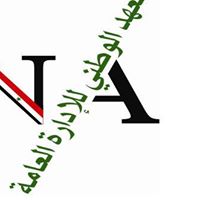We investigate the violation of local realism in Bell tests involving homodyne measurements performed on multimode continuous-variable states. By binning the measurement outcomes in an appropriate way, we prove that the Mermin-Klyshko inequality can
be violated by an amount that grows exponentially with the number of modes. Furthermore, the maximum violation allowed by quantum mechanics can be attained for any number of modes, albeit requiring a quantum state that is rather unrealistic. Interestingly, this exponential increase of the violation holds true even for simpler states, such as multipartite GHZ states. The resulting benefit of using more modes is shown to be significant in practical multipartite Bell tests by analyzing the increase of the robustness to noise with the number of modes. In view of the high efficiency achievable with homodyne detection, our results thus open a possible way to feasible loophole-free Bell tests that are robust to experimental imperfections. We provide an explicit example of a three-mode state (a superposition of coherent states) which results in a significantly high violation of the Mermin-Klyshko inequality (around 10%) with homodyne measurements.
We devise a scheme that protects quantum coherent states of light from probabilistic losses, thus achieving the first continuous-variable quantum erasure-correcting code. If the occurrence of erasures can be probed, then the decoder enables, in princ
iple, a perfect recovery of the original light states. Otherwise, if supplemented with postselection based on homodyne detection, this code can be turned into an efficient erasure-filtration scheme. The experimental feasibility of the proposed protocol is carefully addressed.
The entanglement content of superpositions of quantum states is investigated based on a measure called {it concurrence}. Given a bipartite pure state in arbitrary dimension written as the quantum superposition of two other such states, we find simple
inequalities relating the concurrence of the state to that of its components. We derive an exact expression for the concurrence when the component states are biorthogonal, and provide elegant upper and lower bounds in all other cases. For quantum bits, our upper bound is tighter than the previously derived bound in [Phys. Rev. Lett. 97, 100502 (2006).]


